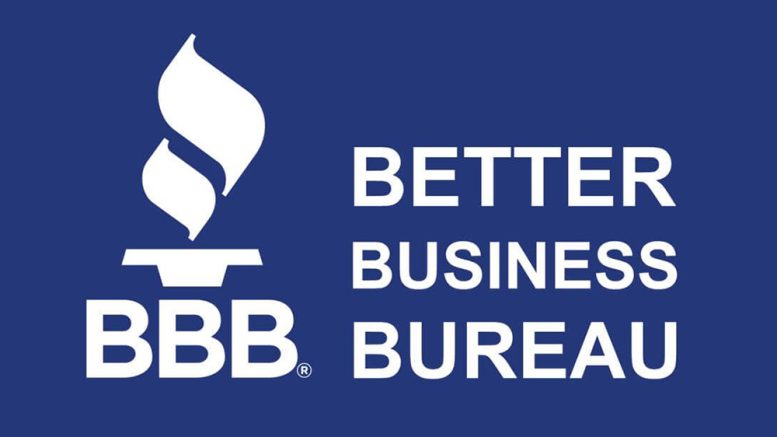Check use may be declining, but check fraud is still a serious problem. Watch out for this scam, dubbed “check washing,” which involves stealing checks from mailboxes and then altering them. Fortunately, you can do a few things to protect yourself and your business.
How the scam works
You send a check in the mail as payment for a service or product. However, a few days or weeks later, you are contacted by the company you paid. They say they never received a payment. Then, you discover the check you sent has been cashed, either for the amount you wrote it for or for a much higher amount. What happened?
Scammers use many techniques to intercept mail, sometimes directly from your or the post office’s big blue mailbox. Scammers have even been known to sneak into post office boxes with stolen keys. Individuals can fall victim to this scam, but scammers mostly target businesses, which typically write checks for larger amounts and have a predictable schedule for paying and mailing bills.
Once scammers find an envelope containing a check, they use household chemicals to “wash off” the name and amount you wrote down, replacing it with a name and dollar amount of their choice. Usually, they use fake identities to cash the check later on. And even if no one cashes your check, you are at a much higher risk of identity theft once it’s found its way into scammers’ hands.
How to avoid check-washing schemes:
- Take advantage of electronic payment methods. If you can use electronic means to make payments and receive them, do so. That will eliminate the possibility of falling victim to check washing.
- If you must mail a check, take precautions. Drop it off at the post office using the lobby mail slot instead of leaving a check in the mailbox with the flag up. If you need to use a blue box, drop off the mail before the day’s last pick-up time. Don’t leave unsent mail in your mailbox overnight; retrieve your delivered mail promptly, advises the United States Postal Service.
- Put a hold on your mail. If you are going out of town, have your mail held at the post office until you return. If you run a small business that isn’t open on weekends, consider asking the post office not to deliver mail on Saturdays.
- Improve your mailbox security. Installing highly visible cameras near your mailbox and using a locked mailbox are two additional ways to avoid falling victim to this scam.
- Keep an eye on your checking account. Monitor your bank accounts carefully to ensure no one cashes a fraudulent check from your account. If you notice suspicious activity, notify your bank immediately.
- Use “positive pay” services. Many banks offer “positive pay” services for business checking accounts. You can pre-authorize checks for a specific amount by their check number. This will at least stop scammers from withdrawing more money than the specified amount.
- Always report check fraud. If you think your check was intercepted in the mail, let your bank know right away. Then, file a report with the Postal Inspection Service and your local police department.
For more information and to learn how to protect yourself, Google “BBB 10 Steps to Avoid Scams.” If you spot a scam, whether you have lost money or not, report it to BBB’s Scam Tracker at BBB.org/ScamTracker and the FTC at ReportFraud.ftc.gov. Your story can help protect consumers from similar scams.

